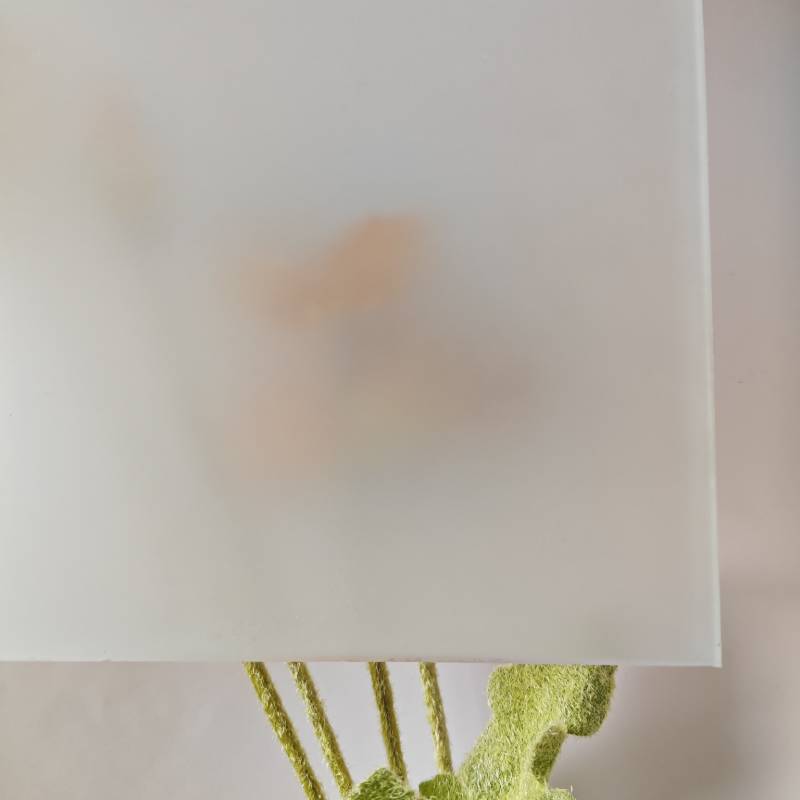

The Rising Trend of Buying Mirror Glass A Reflection of Modern Aesthetics and Functionality
In recent years, the trend of purchasing mirror glass has surged, reflecting a blend of aesthetics, functionality, and the growing demand for versatile design elements in both residential and commercial spaces. This trend highlights a shift in how consumers perceive and utilize glass not just as a utilitarian material, but as a significant component of modern interior and exterior design.
Understanding Mirror Glass
Mirror glass refers to a type of glass that has been coated with a reflective layer, often aluminum or silver, allowing it to reflect light and images effectively. This product is widely used in various applications, including home decor, architecture, furniture, and even art. The evolution of mirror glass has resulted in a plethora of options, from traditional flat mirrors to more innovative designs, such as tinted, antique, and even smart mirrors that can display digital information.
Aesthetic Appeal
One of the main reasons for the increasing popularity of mirror glass is its undeniable aesthetic appeal. Designers and homeowners alike are drawn to its ability to enhance light, create the illusion of space, and add a touch of elegance to any environment. In smaller rooms, strategically placed mirrors can make the space feel larger and more open. For instance, a large mirror hanging in a modest living room can reflect light from windows, brightening the space and allowing for a more inviting atmosphere.
Moreover, mirror glass is not just limited to traditional shapes and frames; it can be found in various designs, including geometric shapes and custom cuts that can serve as focal points in a room. This versatility makes it an ideal choice for those who wish to express their unique style and personality through decor.
Functional Benefits

Beyond its visual appeal, mirror glass serves practical purposes as well. In retail settings, for example, mirrors are used not only for aesthetic enhancement but also to improve the shopping experience. Fashion retailers often use large mirrors to allow customers to see themselves in various outfits, while subtly encouraging impulse purchases through flattering reflections.
In homes, mirrors can function as both decor and space savers. Wall-mounted mirrors can double as artwork while freeing up floor space. Additionally, they can be utilized in strategic locations throughout the home, such as hallways, bathrooms, and bedrooms, to maximize natural light and improve overall ambiance.
Technological Innovations
The advent of technology has also influenced the mirror glass market. Smart mirrors, which incorporate touch-screen technology and can display information such as weather updates and news, are gaining traction in the consumer market. These mirrors eliminate the need for traditional bathroom and vanity setups, combining functionality with high-tech innovation. The integration of LED lighting around mirror glass also adds a modern twist, enhancing both practicality and aesthetic appeal.
Sustainability Matters
As consumers become more aware of environmental sustainability, the demand for eco-friendly products has grown. Many manufacturers of mirror glass are responding to this trend by adopting sustainable practices and materials. Recycled glass, low-emission coatings, and ethical manufacturing processes are becoming more commonplace, allowing consumers to purchase mirror glass products that align with their values.
Conclusion
The increasing demand for mirror glass in various markets can be attributed to its multi-faceted benefits, combining beauty, functionality, and modern technology. As consumers continue to seek innovative and stylish designs for their spaces, the trend of buying mirror glass is likely to persist. Whether enhancing the aesthetic of a home, improving functionality in commercial environments, or embracing new technologies, mirror glass has become an essential element in contemporary design, reflecting our evolving tastes and preferences. As we look ahead, it is clear that this trend will continue to shape the way we decorate, interact, and experience our surroundings.